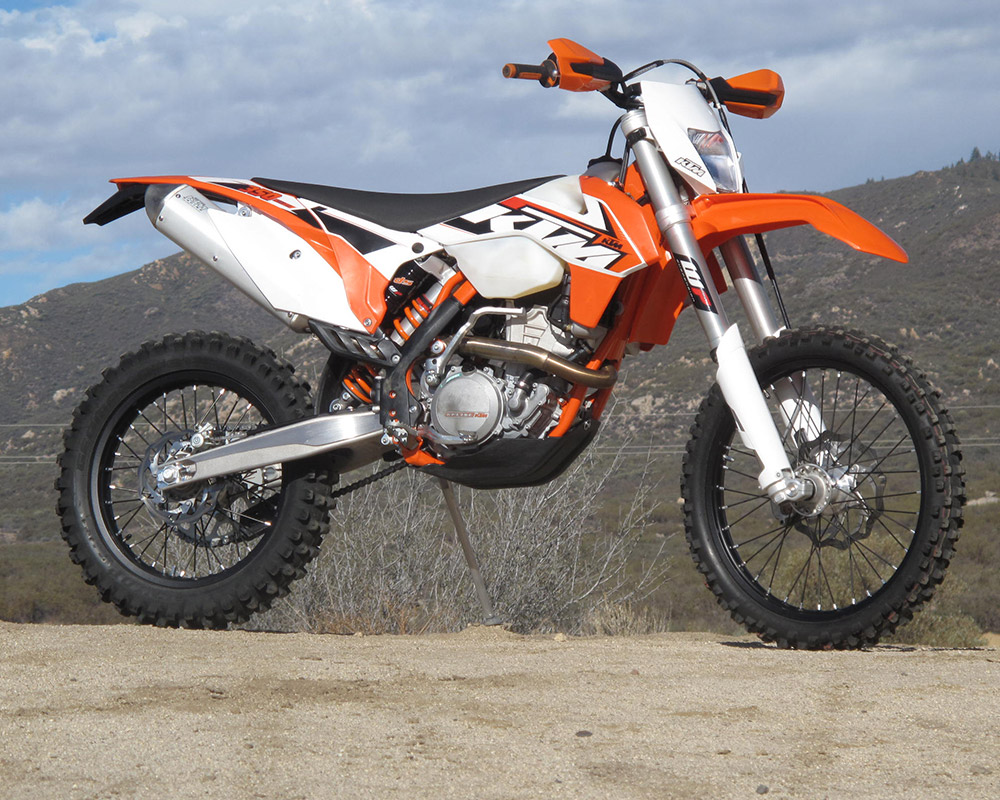Profile...Ryan Dungey
 Wednesday, October 28, 2015 at 5:26PM
Wednesday, October 28, 2015 at 5:26PM
Fox Sports 1 Comes to Belle Plaine to Profile Motocross Champ Ryan Dungey
Wednesday, October 28, 2015 11:06 AM
Fox Sports 1 reporter Jenny Taft, left, joined Ryan and Lindsay (Siegle) Dungey at Annie’s Cafe in Belle Plaine last Wednesday to film a portion of a feature about the Dungeys that will air in early 2016.
Ryan Dungey of Belle Plaine is to motocross and supercross championships what Tom Brady is to the NFL. Fox Sports 1 knows that and sent reporter Jenny Taft to Belle Plaine last Wednesday to film a portion of a feature she’s compiling on one of motocross’ top racers ever. It will air in early 2016.
Dungey has won every major title in American motocross and supercross. He has also been the champion of the world’s largest international motocross race, the Motocross des Nations, three times. Combined, Dungey currently has six major AMA championships, which places him among the best motocrossers of all time. He is also known for “his friendliness, charity work, consistent podium finishes and near-textbook riding style.”
In July, Dungey became the first motocross racer ever to win an ESPY Award for Best Male Action Sports Athlete of the Year.
Dungey, the son of Troy and Michelle Dungey, is married to Lindsay (Siegle) Dungey, a 2009 graduate of Belle Plaine High School. One of Fox Sports 1’s stops in Belle Plaine last Wednesday was at Annie’s Cafe on East Main Street. Annie’s Cafe is one of Ryan’s and Lindsay’s favorite places to visit when in Belle Plaine.
“The shoot went very well. It was a lot of fun,” said Taft, who is a native of Edina. “This (feature) is all about Ryan’s Minnesota roots and why he loves Belle Plaine.”
Taft is something of a do-it-all for Fox Sports 1. She appears as a sideline reporter for the network’s college football coverage, as a field reporter for several championship events and also serves as a Monster Energy Supercross pit reporter. Additionally, she works as a fill-in host on the studio program America’s Pregame and also as an anchor at the FOX Sports 1 update desk.
Dungey’s father was an amateur racer and had Ryan and his brothers, Jade and Blake, competing as amateurs soon after they learned to ride. At age 16, Ryan, who attended Guardian Angels Catholic School in Chaska through eighth grade, auditioned his riding skills and was signed to a pro contract.
Ryan is the current 450cc class Monster Energy Supercross champion and AMA 450 Motocross champion. He and Lindsay currently reside in Tallahassee, Fla, where Ryan can train year-round.











